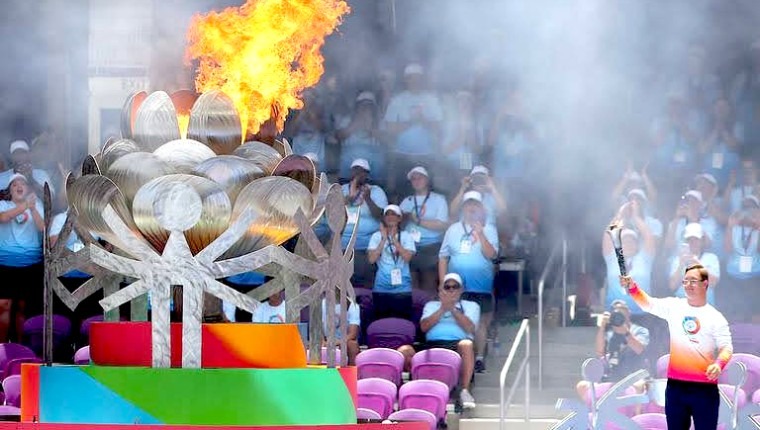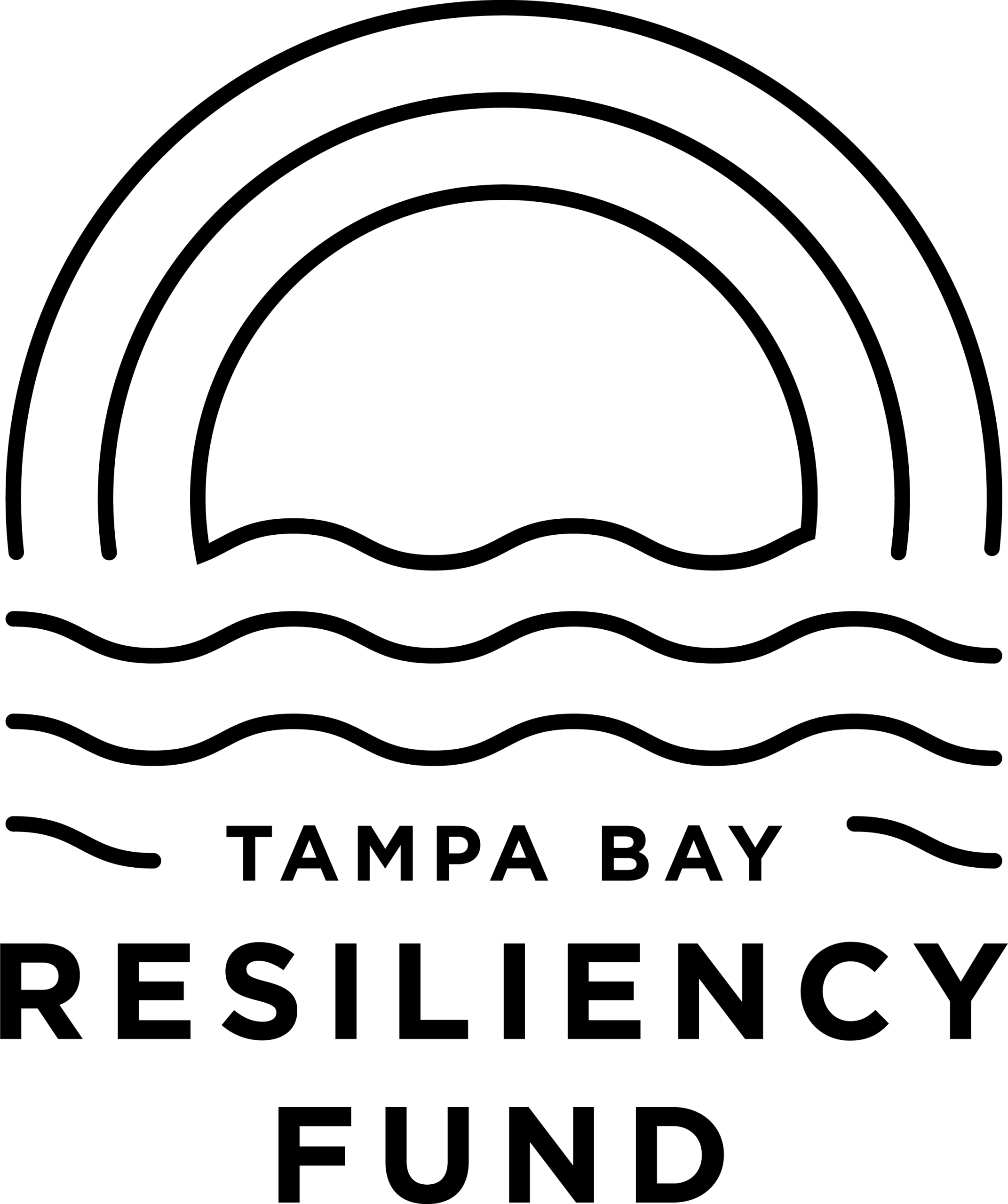By Don Gialanella
. . .
Creating the “Flame of Hope”
for the 2022 Special Olympics USA Games
. . .
A lifelong love of sport and fascination with the Olympics motivated me to enter the competition to design the Special Olympic cauldron. I hoped to contribute in some way to the success of the games and be a part of an event that’s so universal and beloved.
For inspiration I looked to nature and the magic of color and movement. I wanted to come up with a design that would express the physical action, positive spirit and passion of the athletes. The subject in my mind was the metamorphosis of athletes into symbols of eternal grace.
. . .
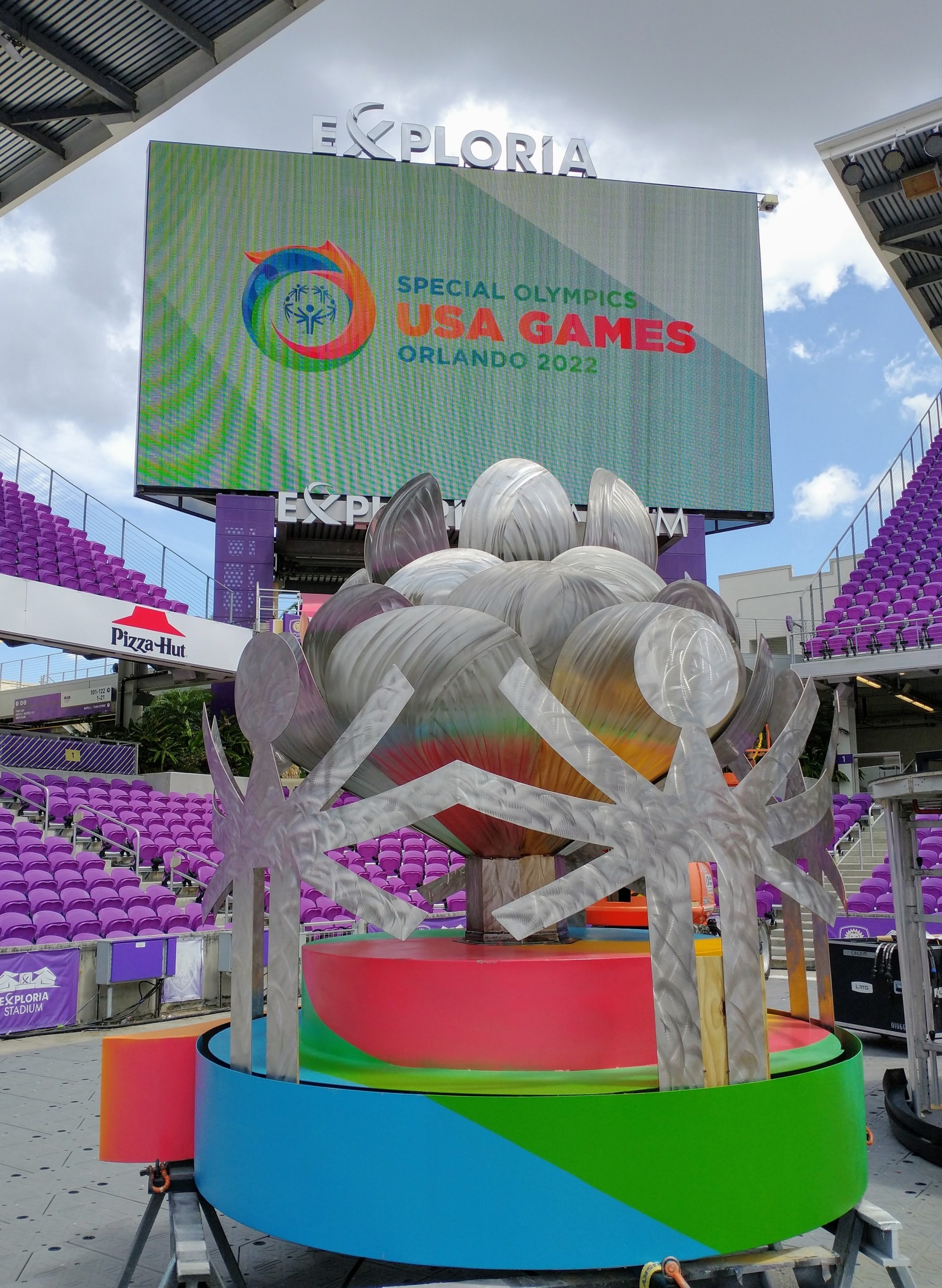
. . .
I contemplated the cauldron design on my daily walk, where I clear my mind by getting away from my phone and computer. When the idea occurred to me it was almost fully formed and I sketched out the concept when I arrived back home. It took two months to develop the final proposal and it was time well spent. I was overjoyed to find out the selection committee chose my design for the cauldron.
Creating one of the most iconic images in sports is a dream come true. It’s a great honor to be chosen to bring to life the cauldron sculpture that holds the Flame of Hope at the Special Olympics. Along with the honor comes great responsibility. I let my imagination run wild designing the sculpture – now I had to come back down to Earth. I had to build it.
Although I couldn’t reveal its appearance for a long time, the cauldron premiered at the games on June 5, 2022. This is a glimpse into how it was created.
. . .
The Virtual World
. . .
It all starts with an idea – but if you want to make your idea a reality, you need some pretty comprehensive plans. The design process progressed from a rough sketch on paper, to a Photoshop illustration, to a CAD file. CAD stands for computer-aided design. It is used to create designs in virtual 3D space that enables you to visualize construction from all angles. Having the sculpture drawn this way enables the development, modification and optimization of the design process.
. . .

This stage took two weeks of meticulous work, but CAD’s pinpoint accuracy allowed me to obtain a precise fit on all the parts and clean lines overall.
The finished design was then exported to a computer-controlled laser cutter. Which is essentially, a robot with a lightsaber.
. . .
Heavy metal
. . .

. . .
The pieces that make up the cauldron were all laser cut from stainless steel. 3,762 pounds of stainless steel to be exact. It’s impervious to weather, heat and moisture, and will remain bright and shiny for decades. All that comes with a price. Stainless steel costs five times more than conventional steel and the price continues to rise.
. . .
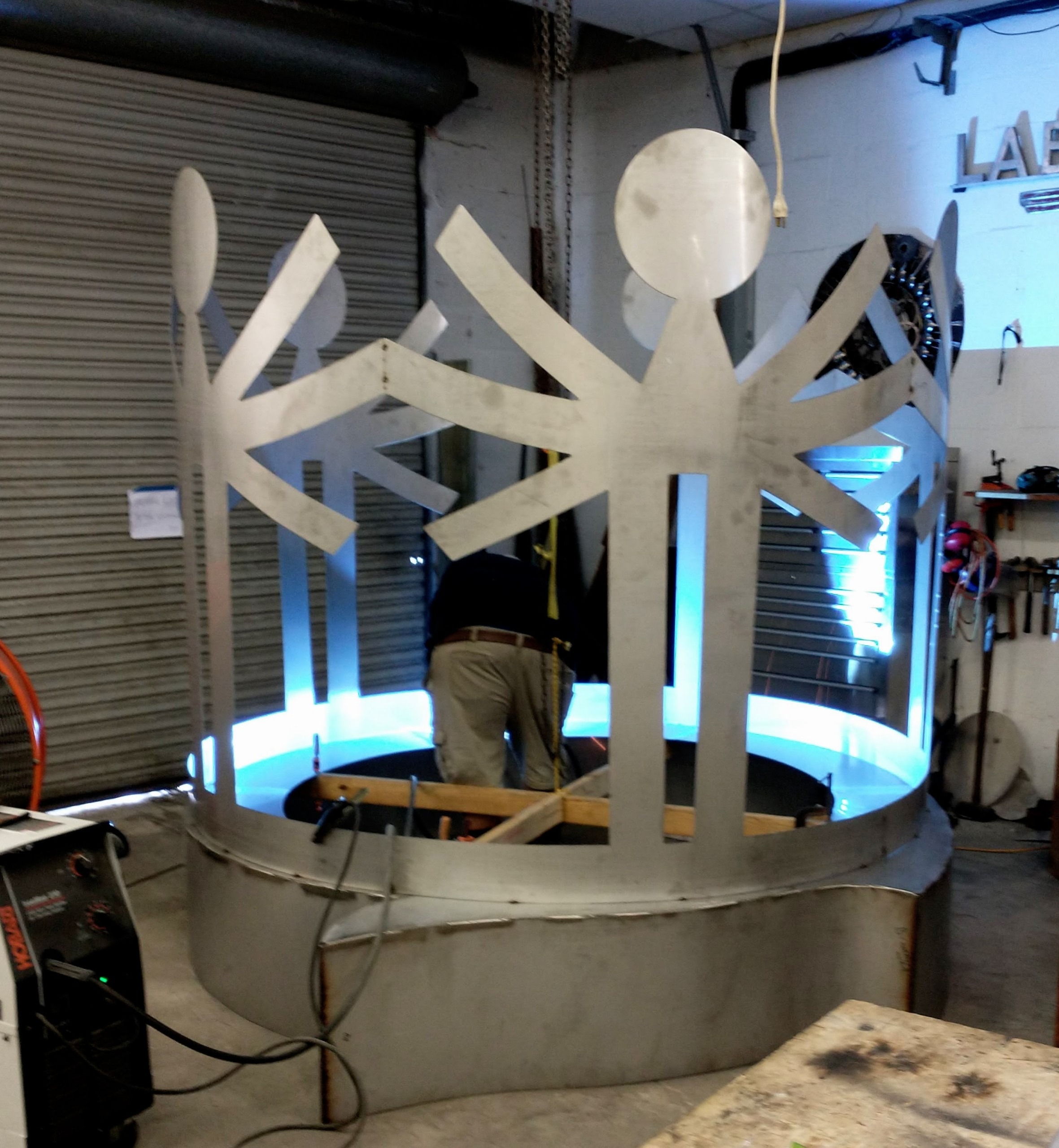
. . .
After almost two tons of laser cut pieces were delivered to the studio, it took a whole day to unpack and sort them out. It became quite apparent at this point how daunting the process of building this sculpture would be. I applied myself to the task with great enthusiasm.
All my time wasn’t spent toiling away at the studio. There was a prodigious amount of work to be done managing the project.
. . .
Logistics
. . .
The cauldron was installed in three separate venues, Disney-Explora Stadium, Wide World of Sports for the games, and then its final home in Orlando. All this transport, installing and de-installing had to take place within a three week timespan. ESPN, Wide World of Sports, Disney, the City of Orlando and the USA Games Olympic Committee, all had demands and input into the project.
. . .
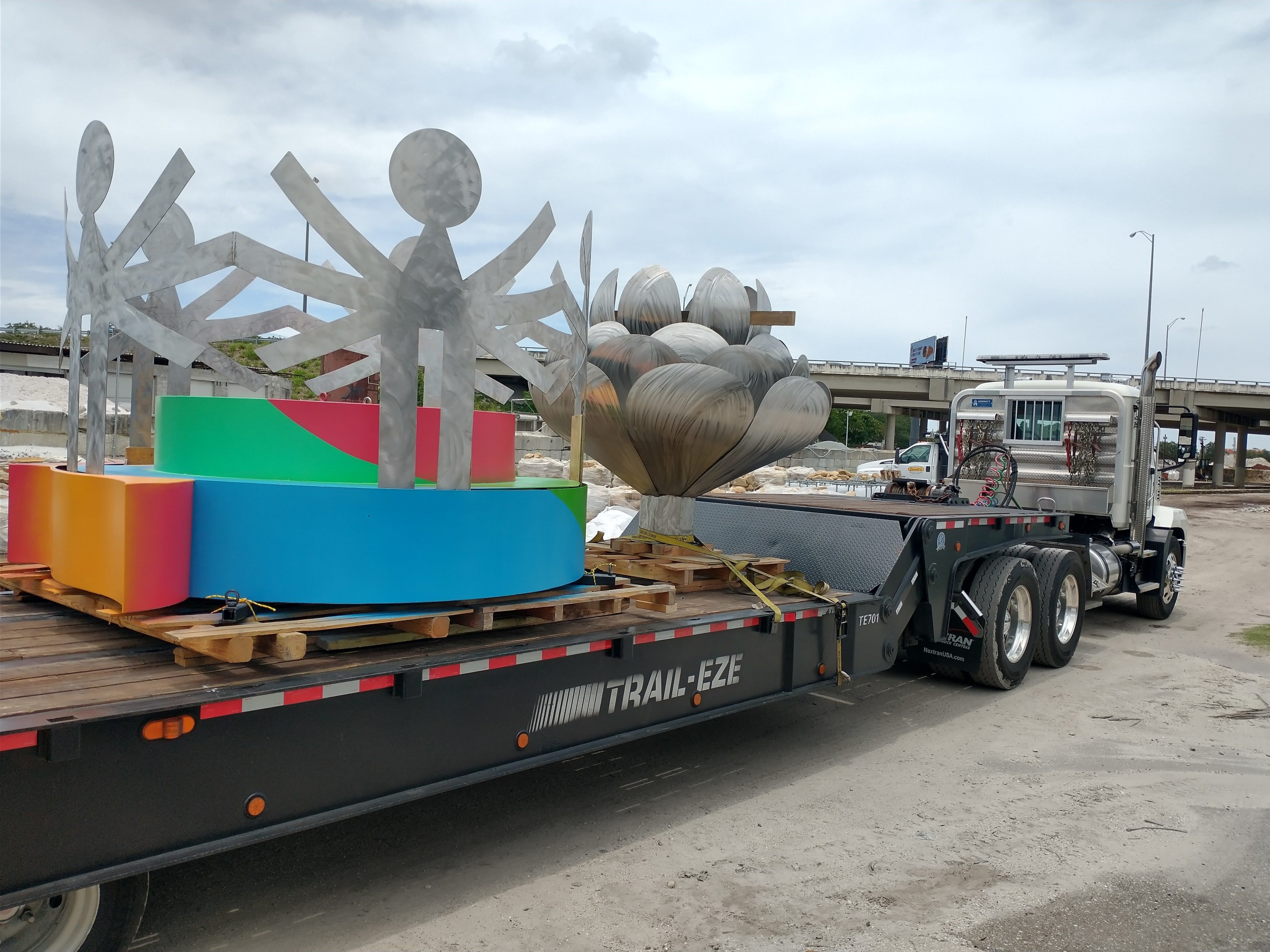
. . .
The design had to be analyzed and certified by an engineer to obtain permitting while on the various properties. And the rather large eight-foot diameter base had to be painted to complete the design.
Sigma Services is the special effects company that added the fire to the cauldron. They supplied the burner that brought the piece to life. The fire equipment had to be incorporated into the sculpture and pass strict code requirements. All this has to happen on a tight schedule. There was no wiggle room owing to the fact that there was a hard air-date.
. . .
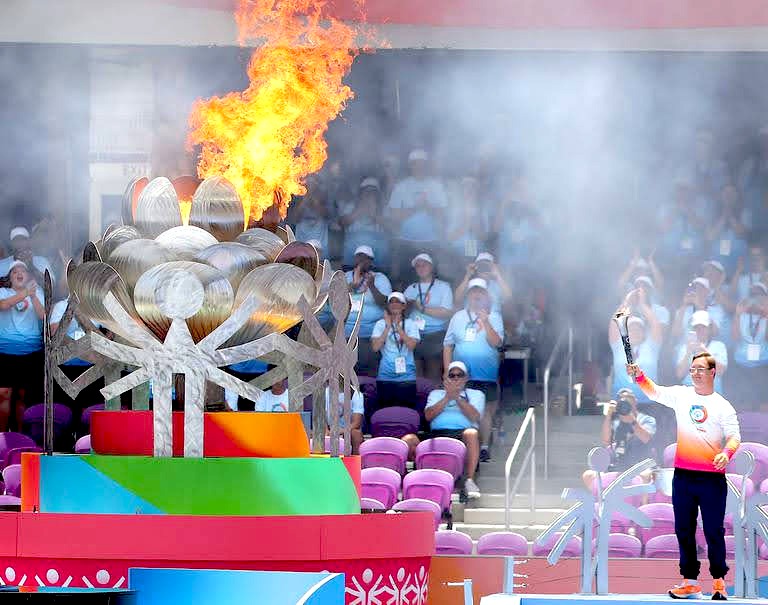
. . .
Slowly the sculpture came together with the help of a high-tech programmable metal roller, TIG and MIG welders, muscle power, and weeks of diligent work and problem solving.
It was worth all the effort when it was broadcast across the globe, burning proudly to honor the athletes for the entire world to see and enjoy the spectacle of the Games.
. . .
